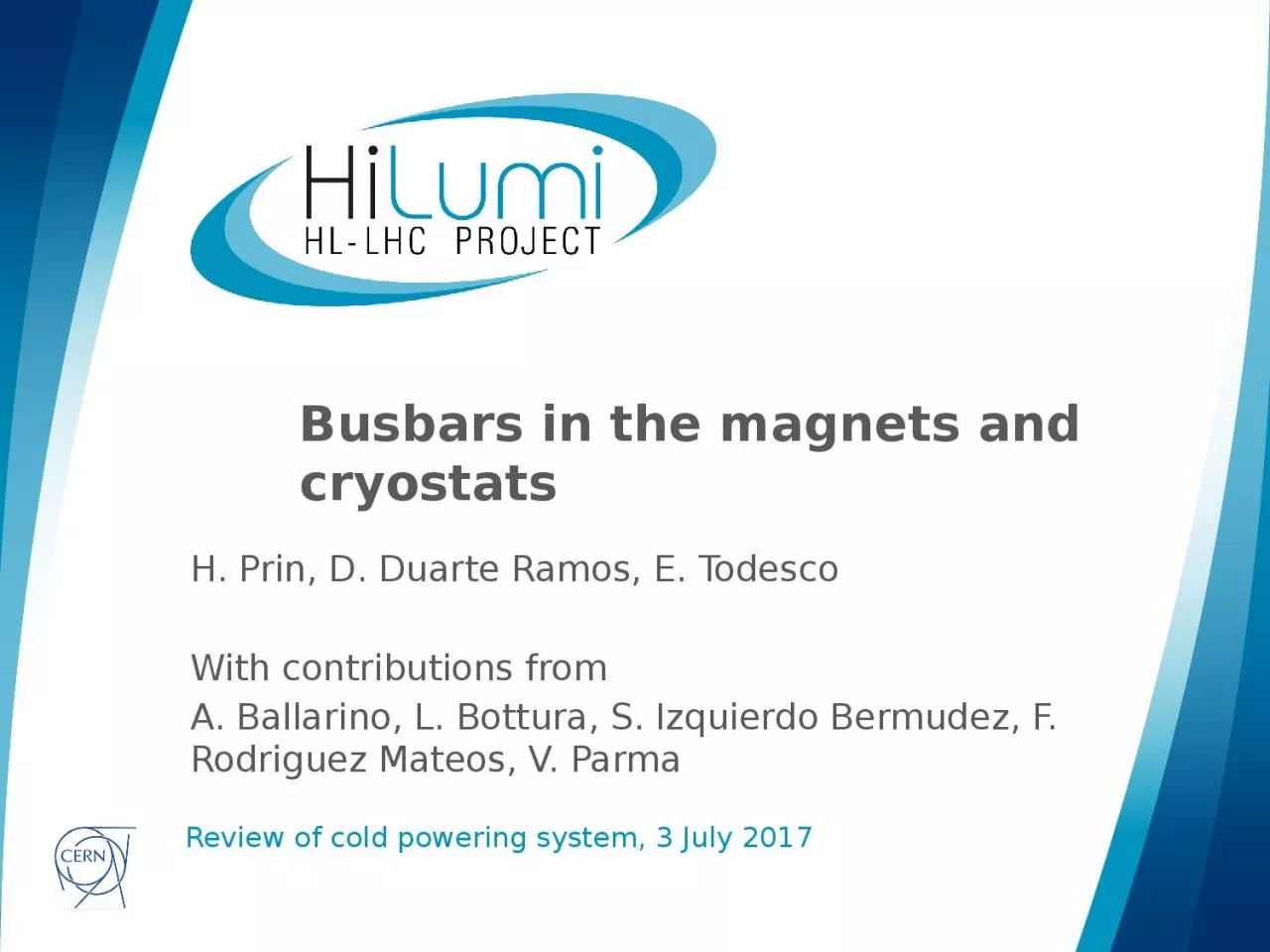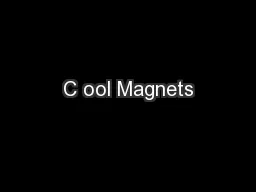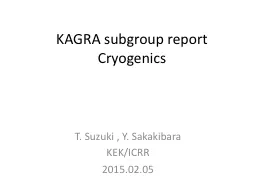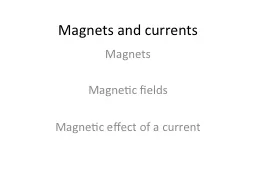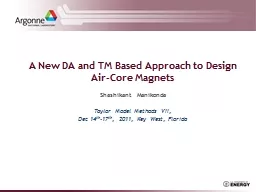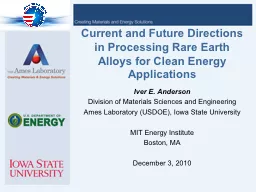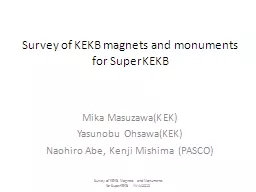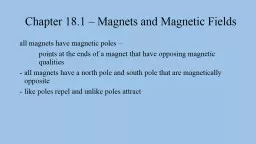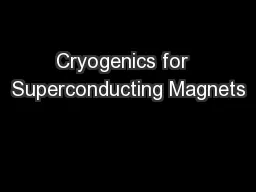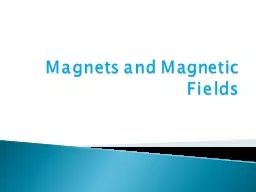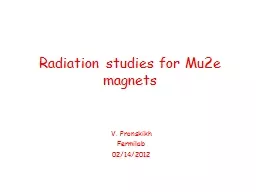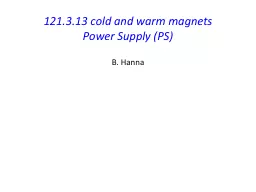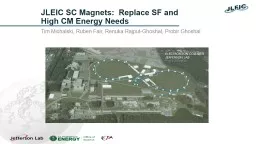PPT-Busbars in the magnets and cryostats
Author : oneill | Published Date : 2023-11-11
H Prin D Duarte Ramos E Todesco With contributions from A Ballarino L Bottura S Izquierdo Bermudez F Rodriguez Mateos V Parma Review of cold powering
Presentation Embed Code
Download Presentation
Download Presentation The PPT/PDF document "Busbars in the magnets and cryostats" is the property of its rightful owner. Permission is granted to download and print the materials on this website for personal, non-commercial use only, and to display it on your personal computer provided you do not modify the materials and that you retain all copyright notices contained in the materials. By downloading content from our website, you accept the terms of this agreement.
Busbars in the magnets and cryostats: Transcript
Download Rules Of Document
"Busbars in the magnets and cryostats"The content belongs to its owner. You may download and print it for personal use, without modification, and keep all copyright notices. By downloading, you agree to these terms.
Related Documents

